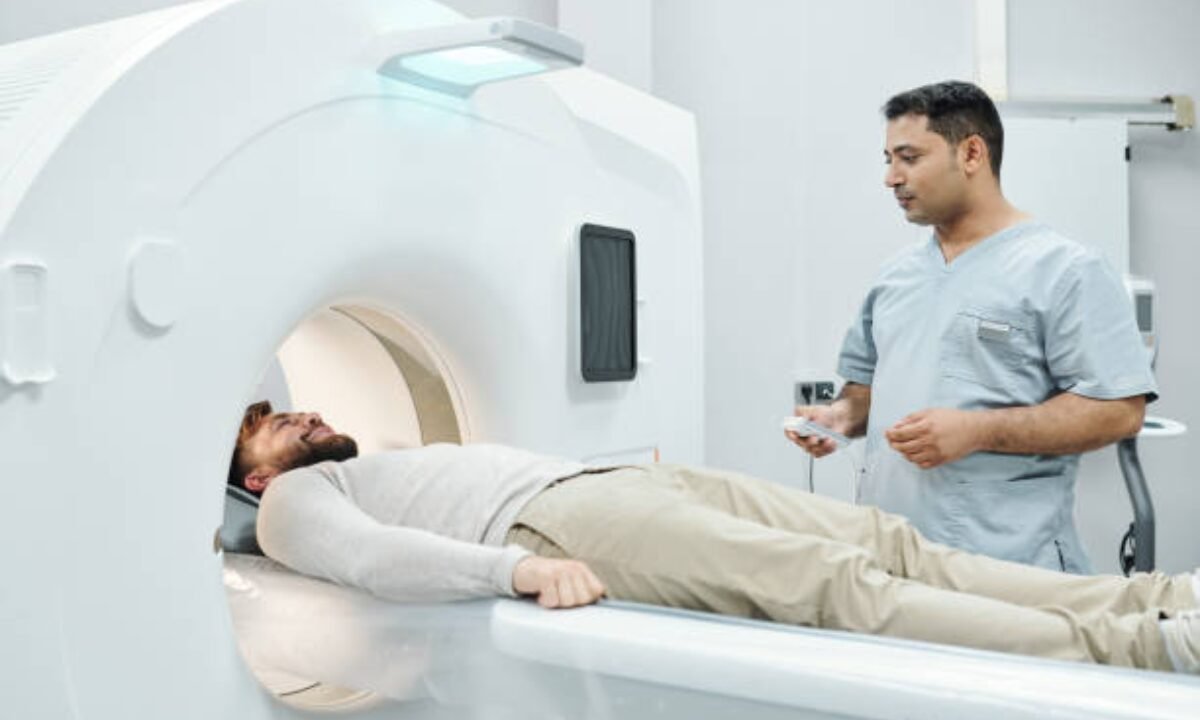Today, technology is as essential to the modern medical world as it is to virtually any industry. PET CT scan is one such advanced diagnostic tool. If you or someone you know has been told you should have this scan done, you may wonder why your doctor has suggested it.
Read on as this article will give you a simple yet detailed comprehension of when medical professionals rely on PET CT scans and why they are irreplaceable in the healthcare industry. Also, if you’re looking for expensive health care in Bangalore, or if you want to undergo a PET CT scan, you will find all the information related to the PET CT scan cost Bangalore.
What is a PET CT Scan?

A PET CT scan combines the benefits of both technologies—one that shows what is happening inside your body—to allow doctors to capture a very precise image. Because of this precision, PET CT scans are often the gold standard to diagnose difficult conditions.
Accurate Diagnosis for Cancer
A PET CT scan is one of the most common reasons for having the scan. The disease of cancer occurs when cells in our body behave abnormally. A PET CT scan is critical for effective treatment, and so it is crucial in detecting cancer in those early stages.
Tumors can be detected in their very earliest stages of growth using this type of test. Unlike other imaging tests, a PET CT scan shows not just where the tumor is — but also how active it is, and whether it’s malignant or benign.
PET CT scans are also important to doctors for determining if cancer has spread to other areas of the body. Deciding the best treatment plan is also helpful. A PET CT scan is vital to improving survival rates for such diseases as breast cancer and lung cancer by providing earlier diagnosis. While technological advances always have a price, the PET CT scan cost in Bangalore is extremely cheap in comparison to other cities around the world and thus available to most.
Monitoring Treatment Progress
A PET CT scan may be needed if patients already have cancer or other serious conditions and are being treated for that. For example, chemotherapy or radiation therapy can chemically weaken a tumor, shrink it, or reduce its activity, and this progress must be checked periodically.
A PET CT scan provides a clear image of what’s going on with the area affected and also gives doctors a good indication of whether they should stick with the current treatment plan or modify it.
Small but important markers of improvement might not be so easy to see on standard imaging tests such as X-rays and ultrasounds, but a PET scan might offer a clearer picture.
Hidden Medical Condition Detection
Not all illnesses have clear symptoms. Standard diagnostic tools do not expose some problems, such as inflammation, infections, or particular abnormality of organs.
If a diagnosis can’t be found with other imaging tests, doctors may recommend a PET CT scan if they think there is a hidden condition that’s causing symptoms for no reason. That scan can even identify infections, neurological disorders, and sometimes heart abnormalities that standard CT or MRI cannot.
The PET CT scan cost Bangalore is very much lower than the cost of any other metropolitan city and thus, more patients can avail of this technology sadly.
Pre-Surgical Planning
PET CT scans are often performed before surgery — especially for critical diseases like cancer — because that’s exactly why.
Doctors might recommend a PET CT scan before surgery to learn how far the disease has spread and how to proceed with the surgery in as precise a manner as possible. Knowing the exact location of abnormal tissue or the size of a tumor and how far it’s spread increases the chances of a successful outcome when choosing to have surgery.
With this level of detailed preparation, patients will recover much quicker and can minimize the damage to healthy tissues. Because of that, health screening centers everywhere in the country, especially Bangalore, reap the opportunity to provide PET CT scans at an affordable rate, making this scan in Bangalore a good choice to spend on your health.
Safe and Non-Invasive Procedure
As it is a non-invasive procedure, PET CT scans are another vital reason doctors recommend them. It is unlike surgical biopsies, which involve removing a portion of tissue to be tested, in that an injection of a small, harmless radioactive tracer is administered into the body. This tracer lights up areas of abnormal activity during the scan, and the whole thing should take less than a couple of hours.
Additionally, a PET CT scan is a very low-dose radiation device and is safe. It’s no comparison, the risk is small compared to the advantage of gaining critical medical insight. This is why many older adults, people with weakened immunity, and those who avoid invasive procedures prefer PET CT scans.
On the one hand, patients and families can find yet another combination of a low PET CT scan cost Bangalore rates combined with the highest class of standards in the healthcare system of Bangalore if safety and affordability are your concerns.
A Final Word on PET CT Scans
Today’s medical world uses a revolutionary tool called the PET CT scan that doctors can trust to diagnose and treat all kinds of conditions. This test gives you an unparalleled perspective into the body without the pain or discomfort — of catching cancer early; knowing how treatment is going; finding hidden illnesses; and planning for surgery.
Cost is a concern for many, and so it makes sense that Bangalore is becoming a base for affordable healthcare technology. Many patients can afford the PET CT scan cost Bangalore and thus have the opportunity to benefit from the use of this life-saving diagnostic tool.
If your doctor advises a PET CT scan, remember it is not just a test but one of the most accurate ways to assess, diagnose, and tackle health conditions effectively. By investing in this technology, you’re investing in health, clarity, and well-being for years to come.
Koshikaa is a trusted healthcare provider offering comprehensive services for full-body checkup in Bangalore, ensuring accurate diagnostics and personalized care for patients.

